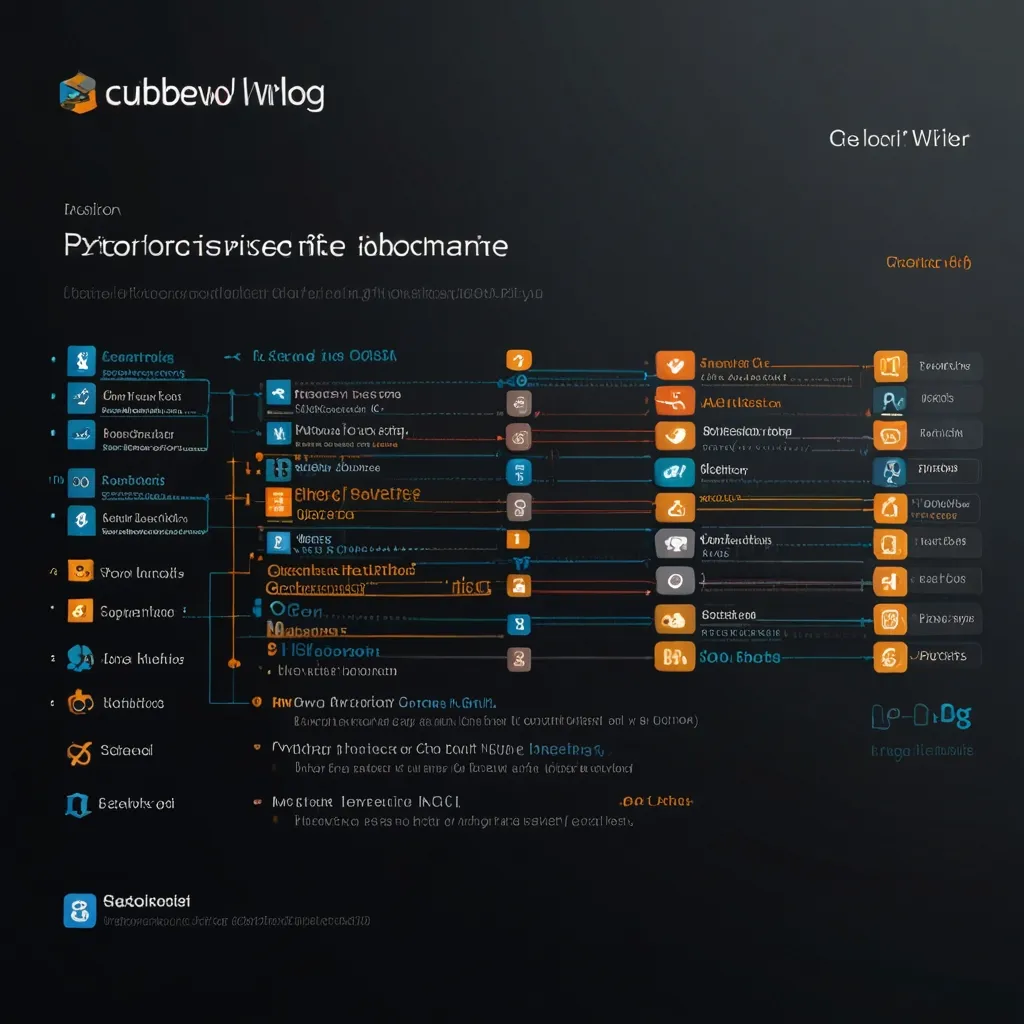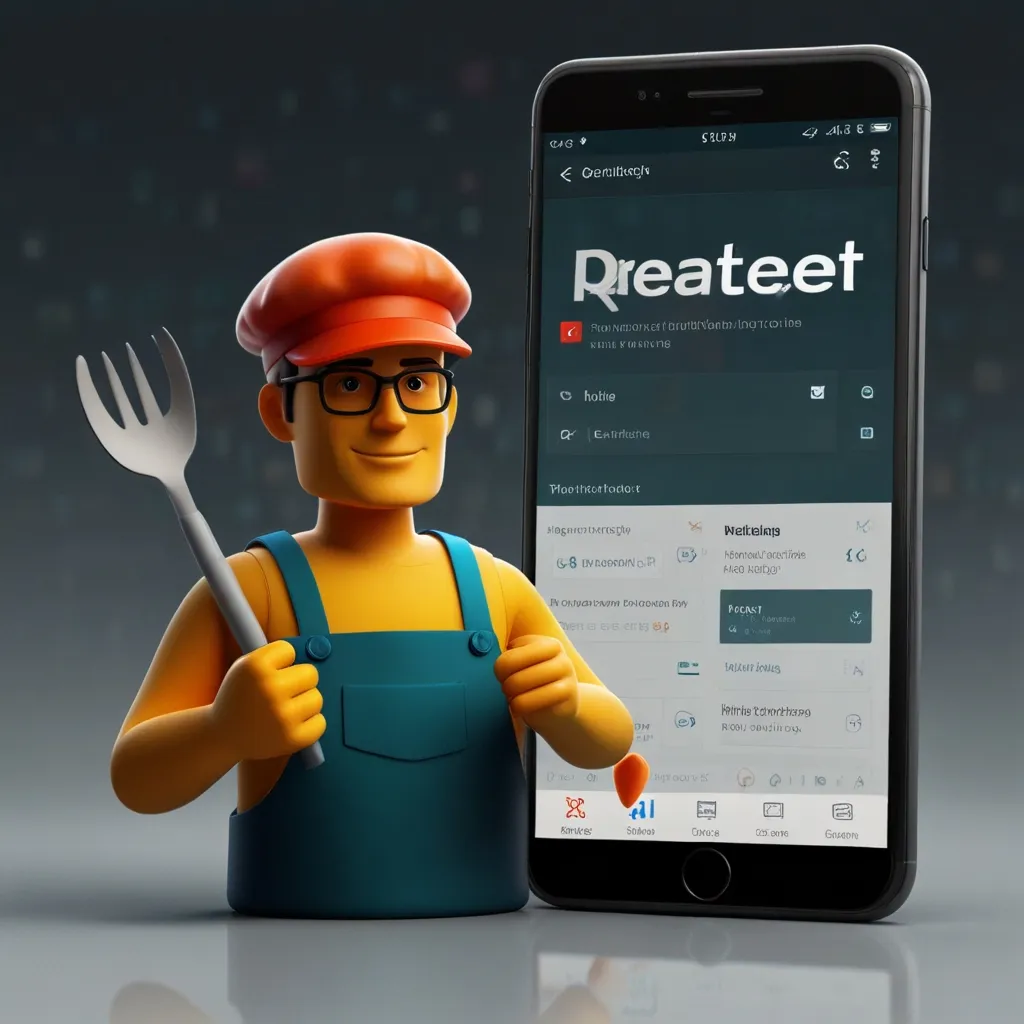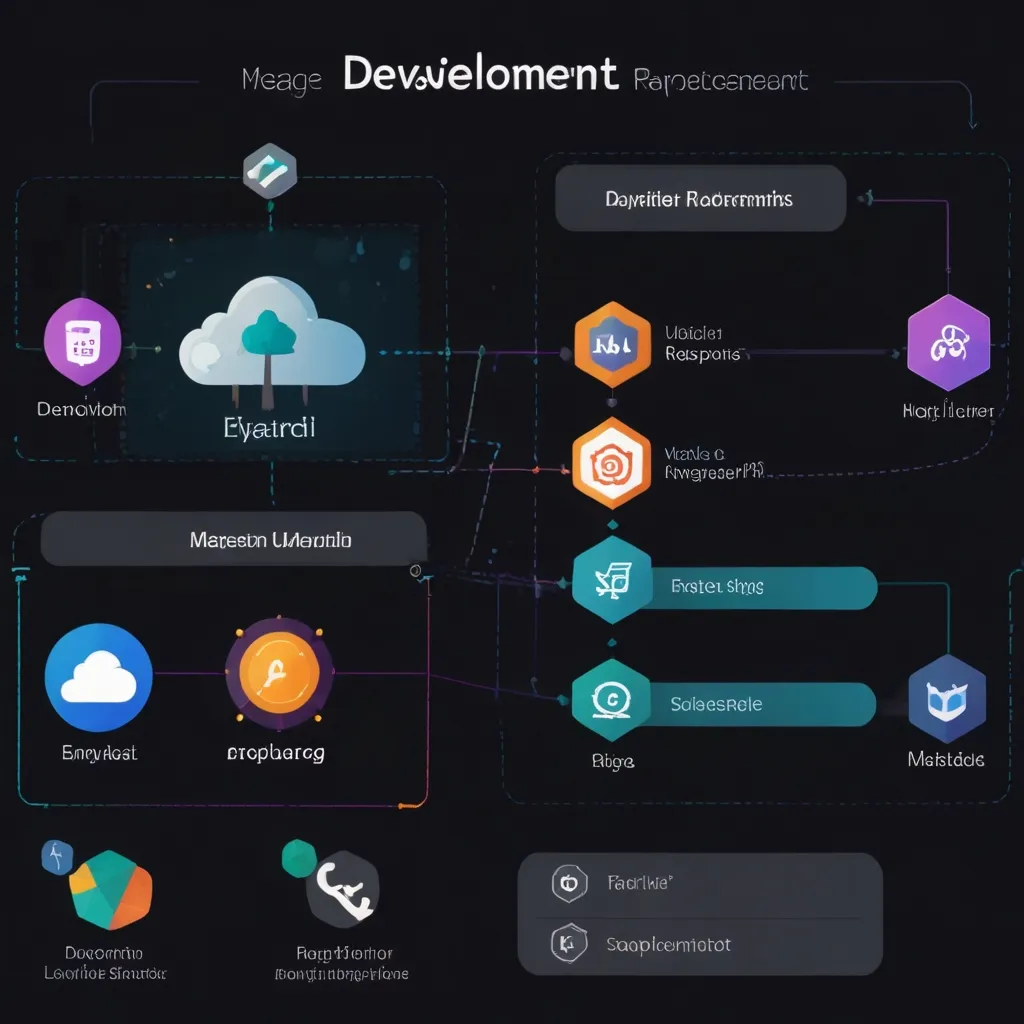An Easy Introduction to CubicWeb: The Cool Semantic Web Framework
Ever found yourself tangled in the labyrinth of web development, especially when working on semantic web applications? Well, let’s chat about CubicWeb—a fantastic and powerful framework that’s here to bail you out. It’s built in Python, it’s open-source, and it’s got a history dating back to 2000 when Logilab created it initially for their own projects. Fast forward to today, and CubicWeb is the go-to for many big companies handling large-scale semantic web and linked open data apps.
What Makes CubicWeb Click?
So, CubicWeb’s magic sauce is its concept of “cubes.” Imagine cubes as little Lego blocks—each cube is a reusable component packed with specific features. Think of them as mini web apps with a data model, the logic for that data, and a user interface. For example, snag the cubes cubicweb-blog and cubicweb-comment, and boom—you’ve got a blog where people can comment. This approach means you can stack together different cubes to create complex apps without reinventing the wheel.
Where Data is King
With CubicWeb, everything starts with the data model. Define your data model succinctly, and just like that, you have a functional web app ready for tweaks and customizations. This data-first approach is a game-changer—keeping your application flexible and ready for whatever changes come its way. Plus, CubicWeb already provides default views for each data type, so there’s less grunt work for you.
Juggling Multiple Data Sources & Easy Queries
One of CubicWeb’s superpowers is its ability to handle multiple data sources. It’s pretty versatile—it works with SQL databases, LDAP directories, filesystems, and even other CubicWeb instances. This multi-source magic happens thanks to the Relationship Query Language (RQL). Think of RQL as similar to W3C’s SPARQL but more intuitive and business-friendly. Querying data across different sources just got a whole lot easier.
Smart View Selection
CubicWeb has a pretty smart way of picking the best view for displaying content, depending on the context. This means users always get the most relevant and user-friendly interface for their needs. If you’re working on an app that shows records of books, authors, and themes, CubicWeb will automatically pick the view that suits the content best—whether it’s HTML, JSON, or RDF.
Why Everyone Loves CubicWeb
Reusability & Speed
CubicWeb’s modular design means you can quickly create applications by reusing existing cubes. Less time building from scratch means more time for creativity and innovation. The framework comes with a slew of cubes to choose from, each adding its own functionality to your app.
Solid Security & Reliable Storage
When it comes to keeping data secure, CubicWeb doesn’t mess around. It uses sturdy storage backends like SQL databases and LDAP directories to ensure your data is safe and sound. CubicWeb also supports version control systems like Subversion and Mercurial, making data management a breeze.
Users Rule & Federated Data
CubicWeb puts the power in the users’ hands. They can search through federated data sources and display results in the most fitting view. This feature is especially useful when dealing with data scattered across multiple places—think national archives or museum collections.
Let’s Build Something: A Simple Blog with CubicWeb
Ready to dive in and create something cool with CubicWeb? Here’s how to set up a simple blog:
-
Get Your Virtual Environment Ready:
python3 -m venv venv source venv/bin/activate -
Install CubicWeb and Some Cubes:
pip install 'cubicweb[pyramid]' cubicweb-blog cubicweb-ctl -
Create a Blog Instance:
cubicweb-ctl create blog myblog -
Time to Configure: Tweak the
pyramid.inifile for your instance—CubicWeb’s documentation can help you nail this step. -
Start Your Application:
cubicweb-ctl pyramid -D myblog sensible-browser http://localhost:8080/
And just like that, your blog application is live and ready for visitors.
Real-World Wonders with CubicWeb
CubicWeb isn’t just theory—it’s been the backbone of many impressive projects.
-
data.bnf.fr: This site, built by the Bibliothèque nationale de France, uses CubicWeb to display comprehensive records on books, authors, and themes. Data is pulled from multiple internal sources and even Wikipedia, available in HTML, JSON, or RDF.
-
France Archives: CubicWeb powers this portal that integrates resources from national and local archives across France, handling millions of records. It offers an intuitive search experience and manages the collection documents like a pro.
-
DataPOC: This proof-of-concept portal aggregates rich info on naturalists from the Muséum National d’Histoire Naturelle. CubicWeb makes it seamless to retrieve and align data from various sources into a single access point.
-
Napoleonica: This site features digitized collections about Napoleon, cleverly managed by CubicWeb to provide easy and intuitive search functionalities.
Wrapping Up
CubicWeb is a gem in the web development world, especially when you’re venturing into the semantic web. Its focus on reusability, flexibility, and efficiency makes it a top pick for building sophisticated, data-driven applications. Whether you’re crafting a straightforward blog or a complex data portal, CubicWeb offers the tools and adaptability you need to create stellar applications effortlessly.
Now go, have some fun building with CubicWeb!






